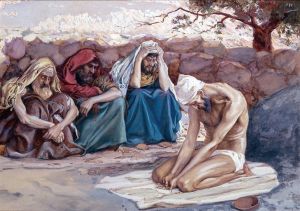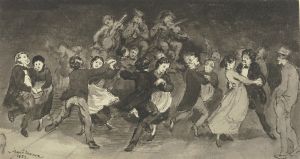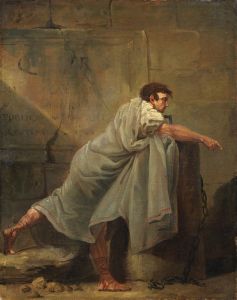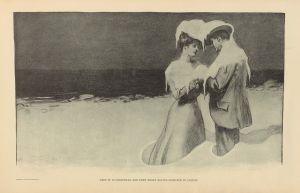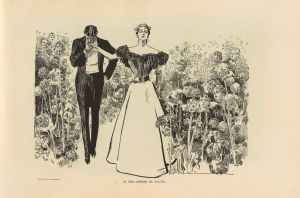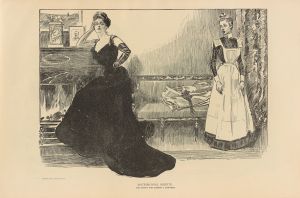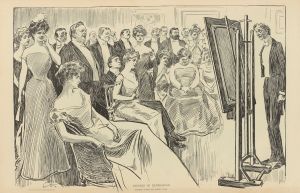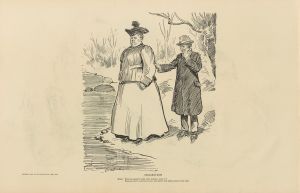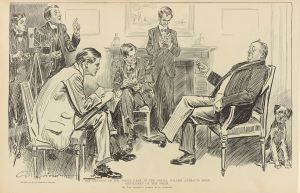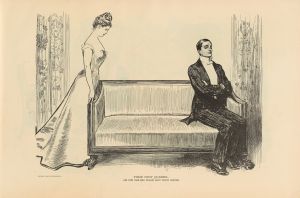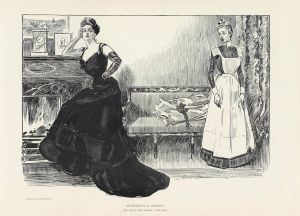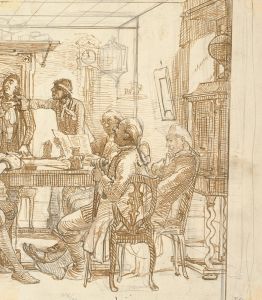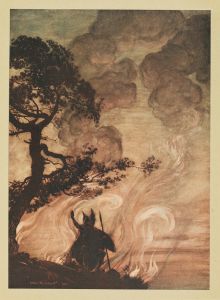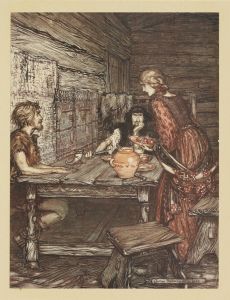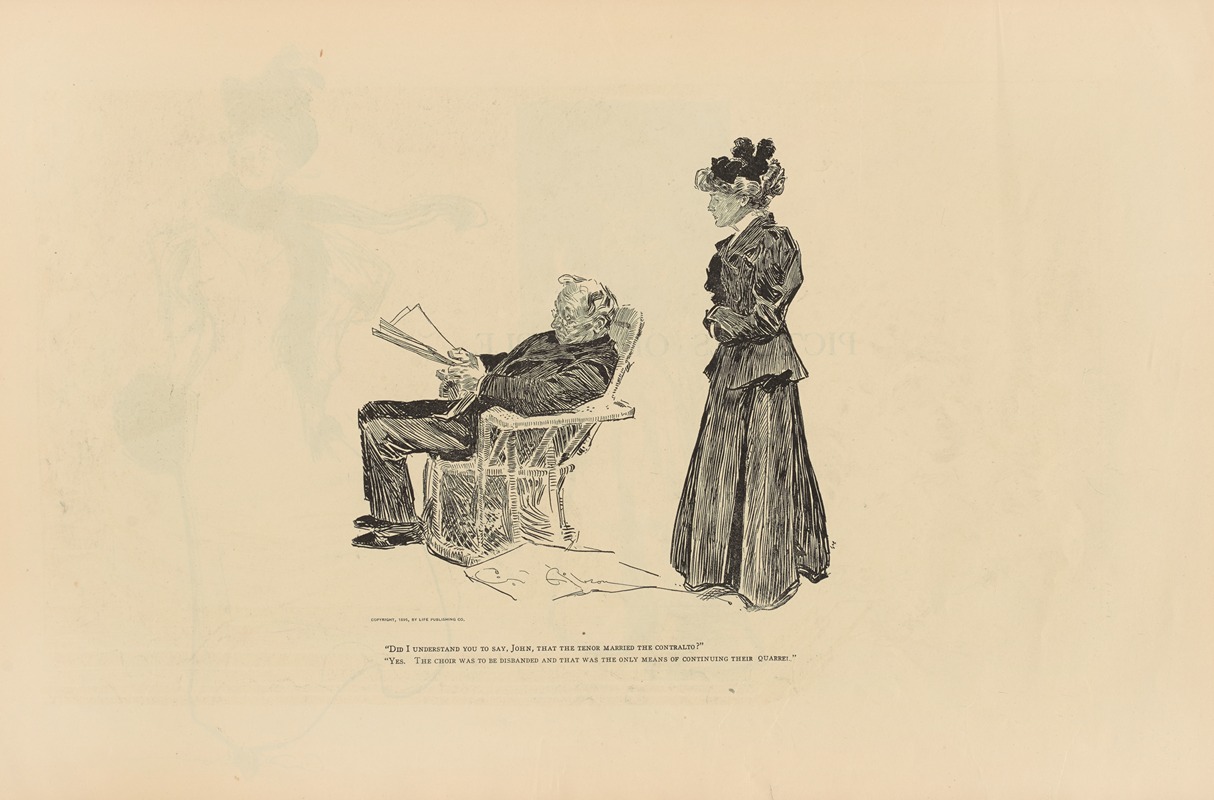
‘Did I understand you to say, john, that the tenor married the contralto’
A hand-painted replica of Charles Dana Gibson’s masterpiece ‘Did I understand you to say, john, that the tenor married the contralto’, meticulously crafted by professional artists to capture the true essence of the original. Each piece is created with museum-quality canvas and rare mineral pigments, carefully painted by experienced artists with delicate brushstrokes and rich, layered colors to perfectly recreate the texture of the original artwork. Unlike machine-printed reproductions, this hand-painted version brings the painting to life, infused with the artist’s emotions and skill in every stroke. Whether for personal collection or home decoration, it instantly elevates the artistic atmosphere of any space.
Charles Dana Gibson was an influential American illustrator best known for his creation of the "Gibson Girl," a representation of the idealized American woman at the turn of the 20th century. His work captured the social dynamics and cultural nuances of his time with wit and precision. One of his notable illustrations is titled "Did I understand you to say, John, that the tenor married the contralto?" This piece is a fine example of Gibson's ability to encapsulate social commentary within his art.
The illustration, like many of Gibson's works, is rendered in pen and ink, showcasing his distinctive style characterized by detailed line work and expressive figures. The scene depicted in this particular illustration is a social gathering, likely a dinner party or a similar event, where the characters are engaged in conversation. The title itself is a direct quote from the piece, suggesting a moment of surprise or intrigue, as one character confirms a piece of gossip about the marriage of a tenor and a contralto—two types of classical singers.
Gibson's work often explored themes of social interaction, class, and gender roles, and this illustration is no exception. The mention of a tenor and a contralto, both terms associated with opera, hints at a setting that involves individuals of a certain cultural and social standing. Opera was, and still is, considered a sophisticated art form, often associated with the upper echelons of society. By choosing these characters, Gibson might be commenting on the social circles that valued such cultural pursuits.
The illustration likely features the typical Gibson Girl, characterized by her poise, elegance, and independence. The Gibson Girl was an iconic figure in American culture, representing a new standard of femininity that was both beautiful and assertive. She was often depicted in fashionable attire, with an air of confidence and intelligence. In this illustration, the Gibson Girl would be part of the social interaction, possibly the one posing the question, reflecting her engagement with the world around her.
Gibson's illustrations were published in popular magazines of the time, such as Life, Harper's Weekly, and Scribner's, reaching a wide audience and influencing public perceptions of social norms and ideals. His work provided a mirror to the society of his time, capturing the nuances of human interaction and the subtleties of social etiquette.
"Did I understand you to say, John, that the tenor married the contralto?" is a testament to Gibson's skill in storytelling through illustration. It reflects the societal interests of the early 20th century, where personal relationships and social standings were often subjects of public interest and conversation. Through his art, Gibson not only entertained but also offered a critique of the social mores of his era, making his work both a product and a commentary on the cultural landscape of his time.





